-
Lavender and Cabbage Whites
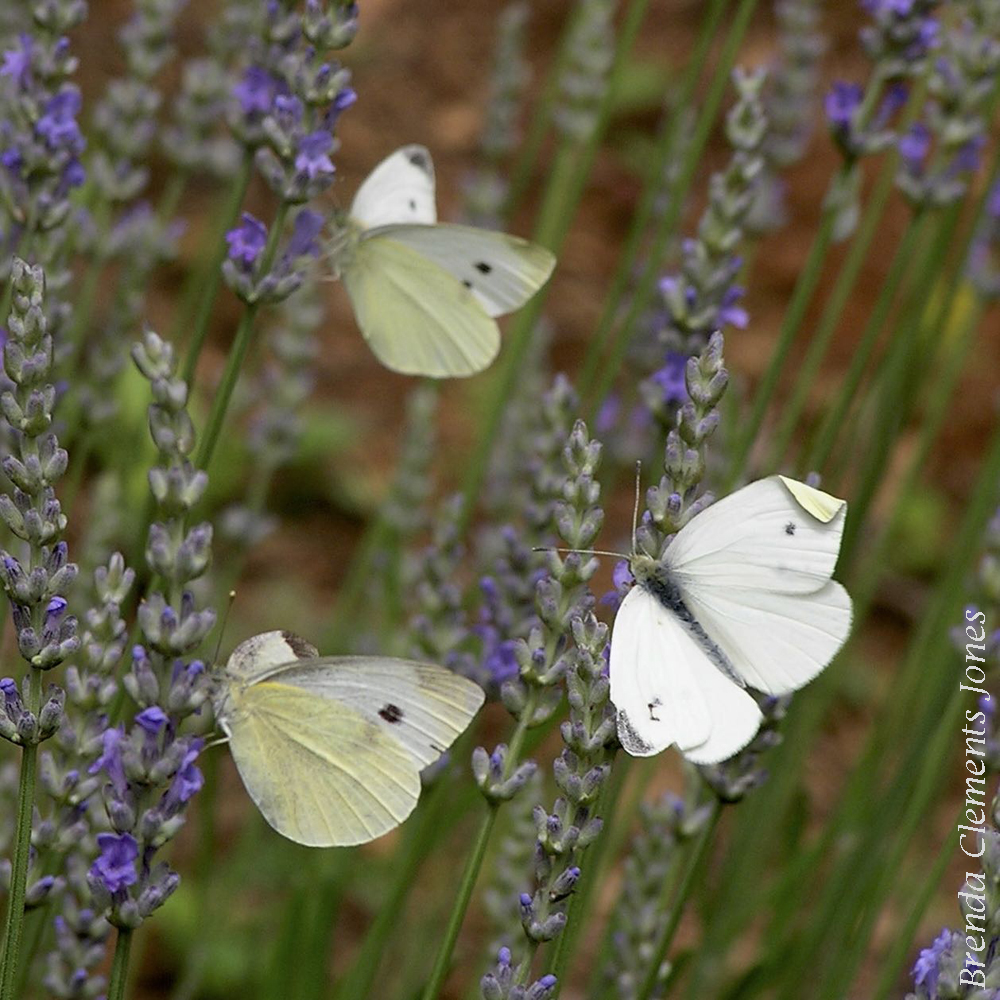
Skipping months ahead, June, and Lavender will be blooming. Ah that scent! I love it. Most people enjoy it too but many insects, including fleas, ticks, flies, and moths are repelled by the scent. As you can see, apparently not Cabbage White butterflies (Pieris rapae). Along with other butterflies, bees are attracted to Lavender, who…
-
Winterberry Revisited
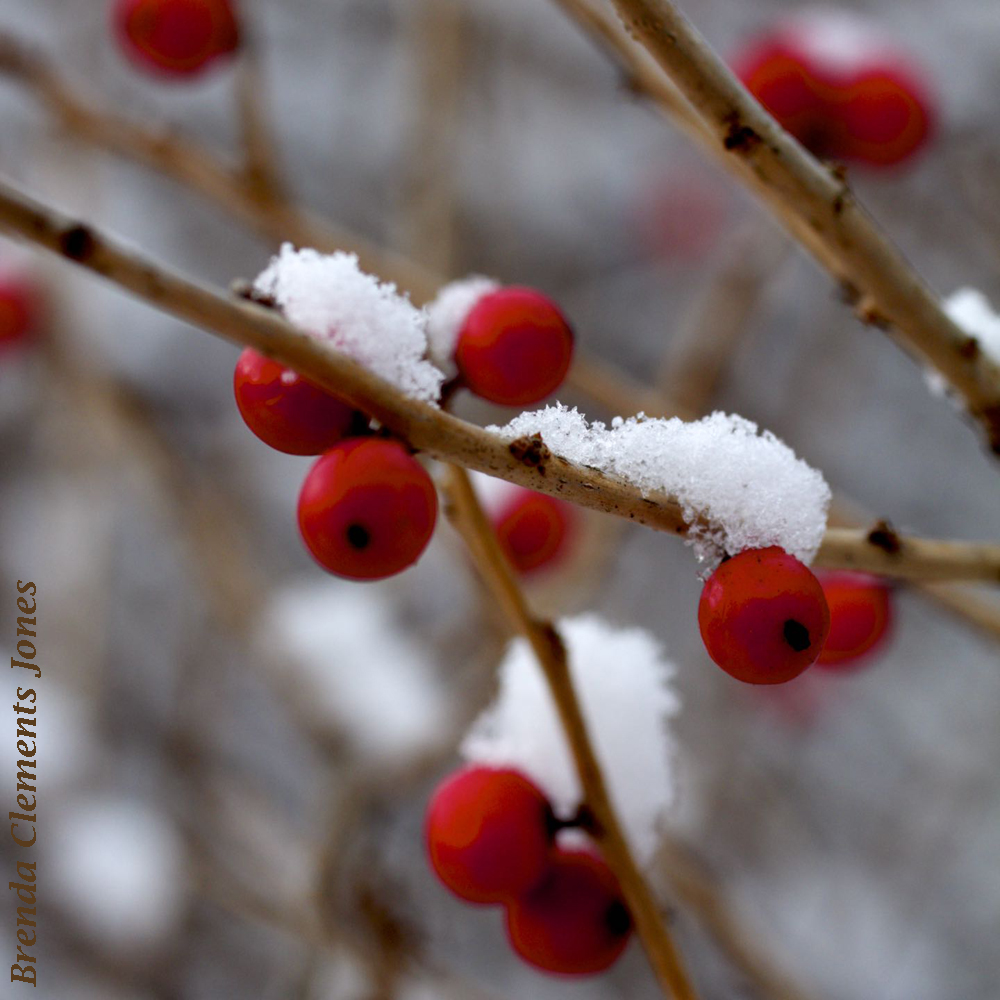
At the very top of my favorites for wintertime shrubs — Winterberry (Ilex verticillata). A deciduous species of Holly. Native to eastern North America, and is hardy in USDA zones 3 through 9. Winterberry is a dioecious bush that gets tiny inconspicuous flowers in June and July that attract bees and butterflies and is the host…
-
Solomon’s Plume
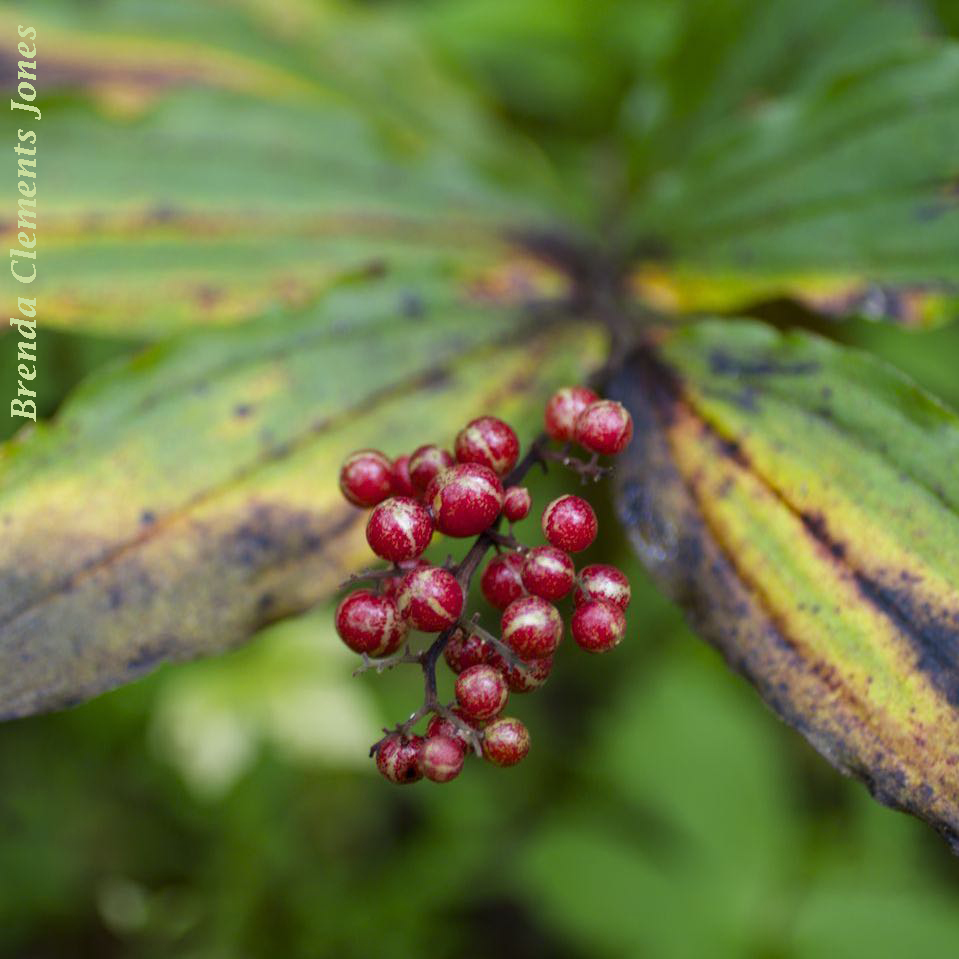
Solomon’s Plume (Maianthemum racemosum), an herbaceous perennial in the lily family (Liliaceae). The berries are a brilliant crimson right now at the end of October, and easy to spot along trails in the mountains. Just as easy to spot, in the spring, are the flowers which bloom for about 3 weeks, late April into May.…
-
White Wood Aster
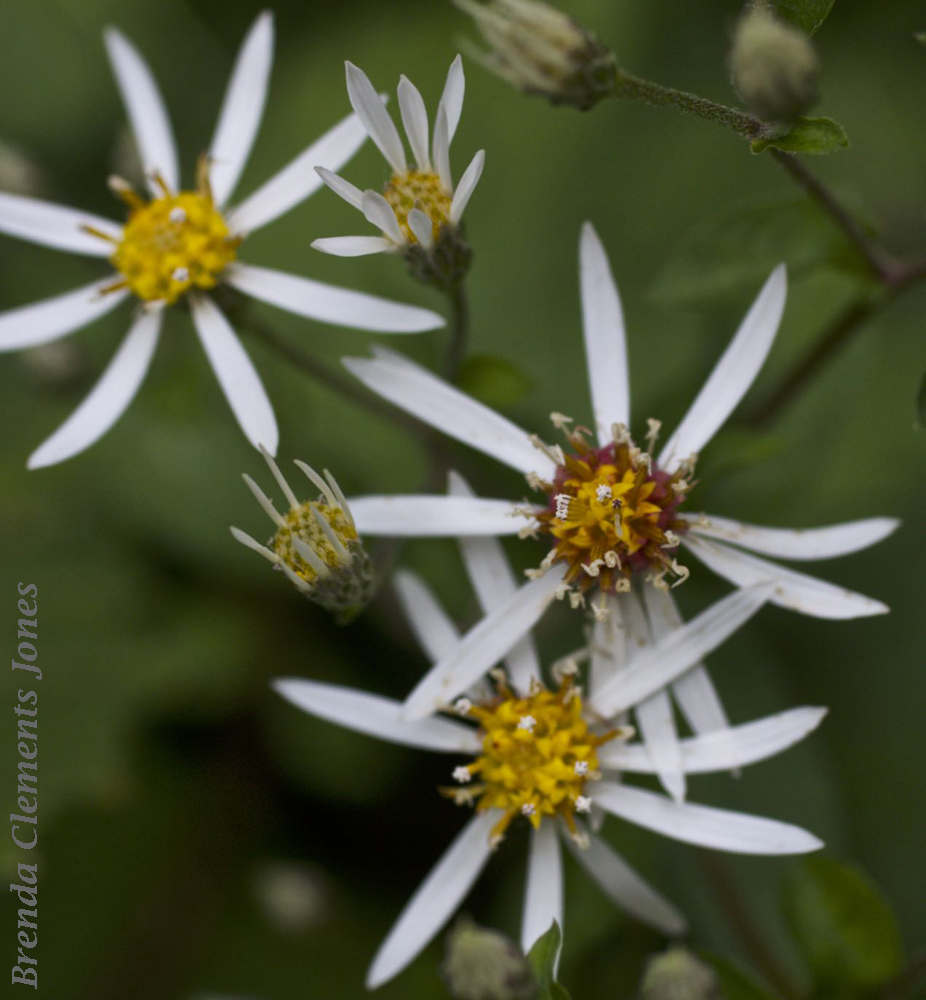
White Wood Aster (Eurybia divaricata), is an herbaceous perennial plant native to eastern North America. It’s encountered mainly in the Appalachian Mountains but can be found scattered in other places in the east. Stems that are not perfectly straight, take on a reddish/purplish hue as the season wears on. Heart-shaped leaves with serrated edges. Plants…
-
Woodland Sunflower
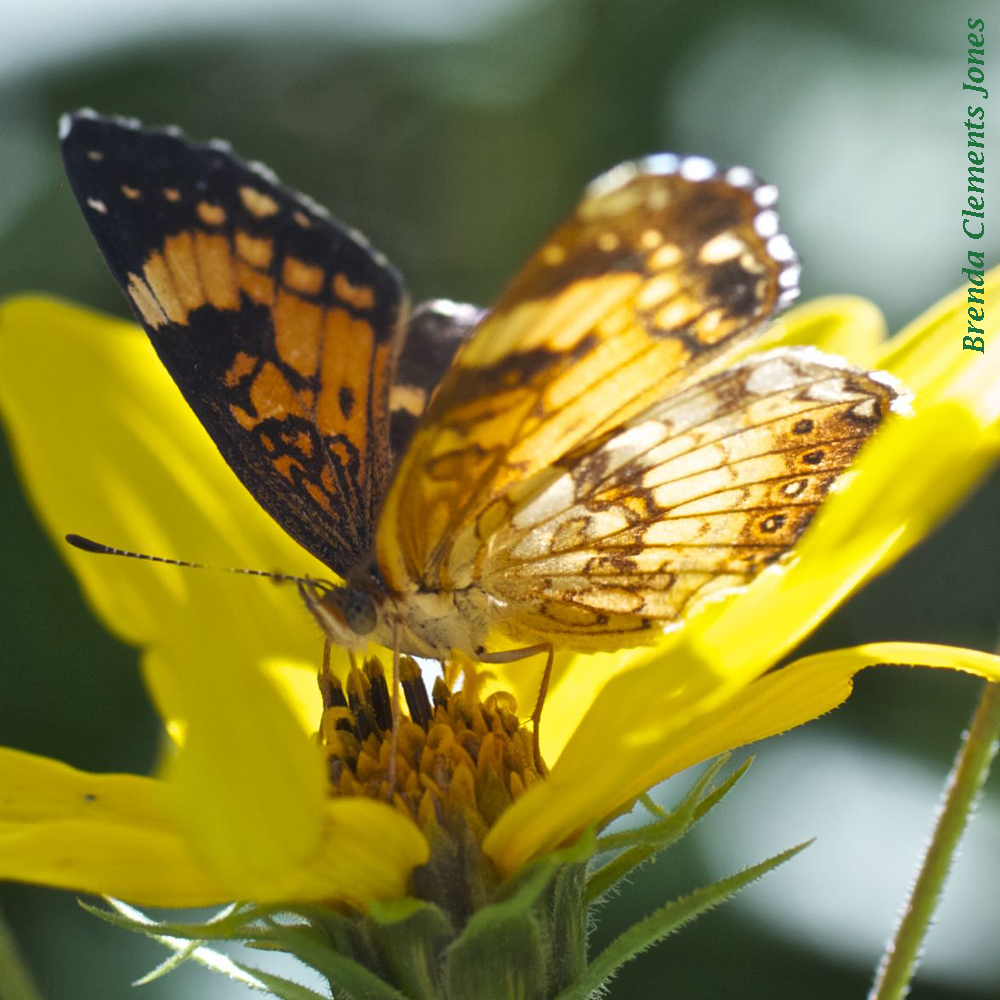
Woodland Sunflower (Helianthus divaricatus). An herbaceous perennial that often grows to 5 – 7 feet tall. It’s native to eastern and central North America and can be found along rocky trails and dry open sites. As this example, as it dances in the dappled sunlight shows, the leaves are opposite with a smooth to slightly toothed margin…
-
Aromatic Asters
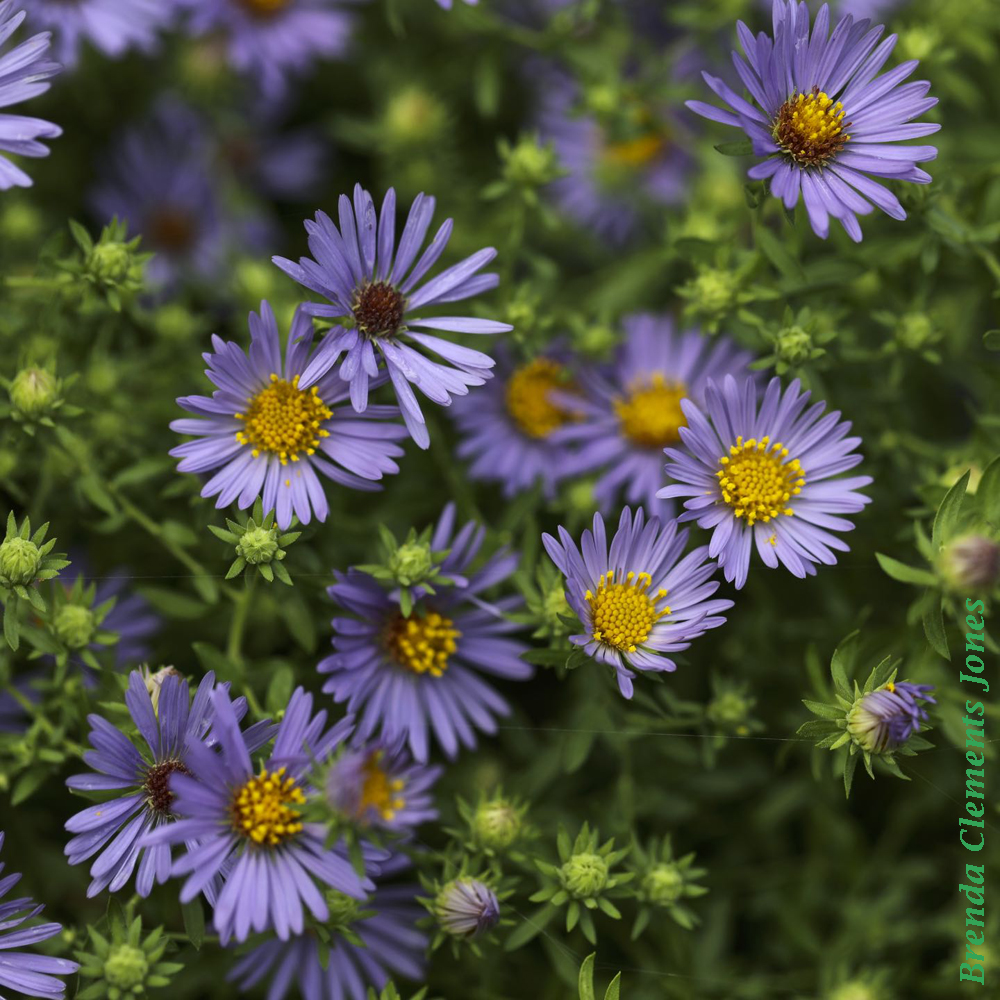
Aromatic Asters (Symphyotrichum oblongifolium) are visited by bees, butterflies and skippers, seeking nectar and in the case of the bees, pollen. The caterpillars of moths and of Silvery Checkerspot Butterflies eat the foliage. This Crab Spider is hanging around hoping to catch some dinner, just waiting for the perfect insect to come along. I’ve got…
-
Ironweed
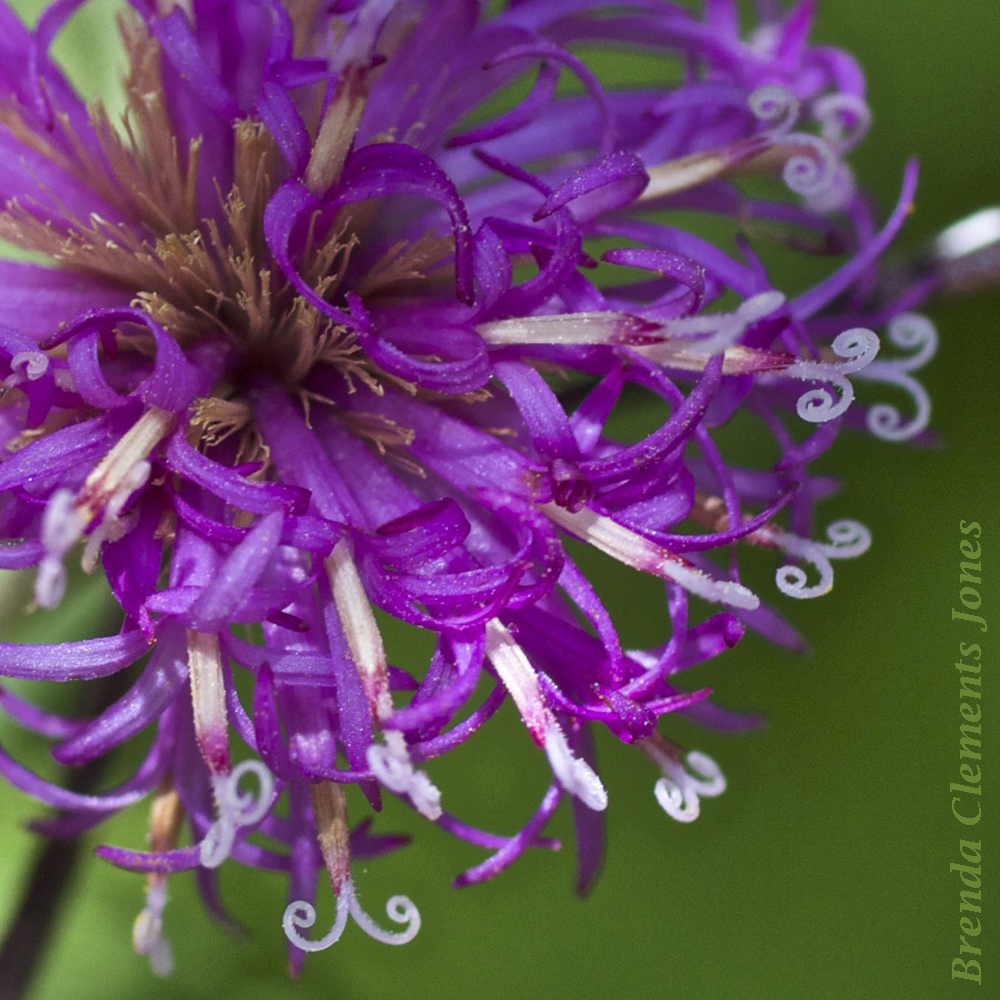
Got a spot in the woods? If you do, I hope you have this plant somewhere close by. An amazing color and a beautiful flower. Ironweed. Quite possibly New York Ironweed (Vernonia noveboracensis), but then again it might be Upland Ironweed (Vernonia glauca), or Tall Ironweed (Vernonia gigantea). These three species all reside in Virginia…
-
Nodding Onion
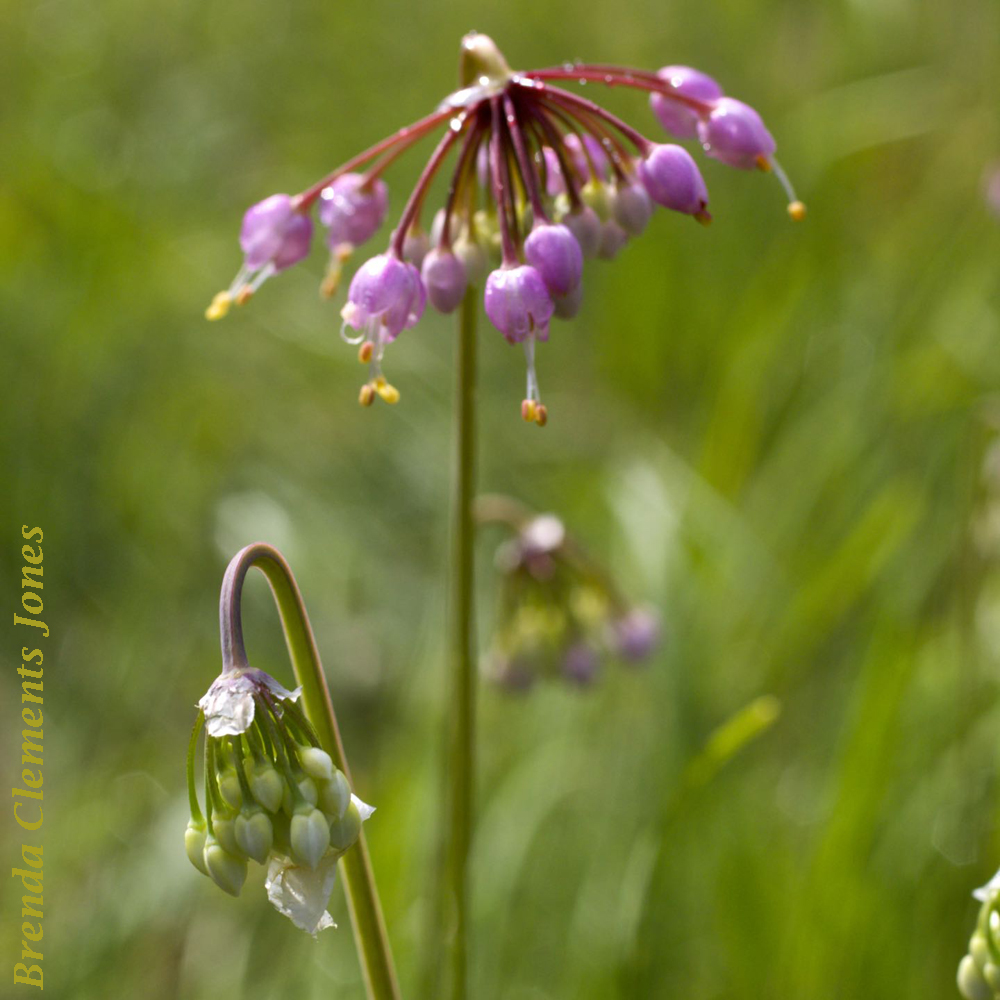
Nodding Onion (Allium cernuum) are abloom right now, surely to the delight of many fairies in the wood. Bees are attracted to the blossoms. But in facing down, the blooms discourage other pollinators which hesitate to hang upside down to feed on the nectar or pollen. Nodding Onion is native to North America. Though a…
-
Silverleaf Mountain Mint
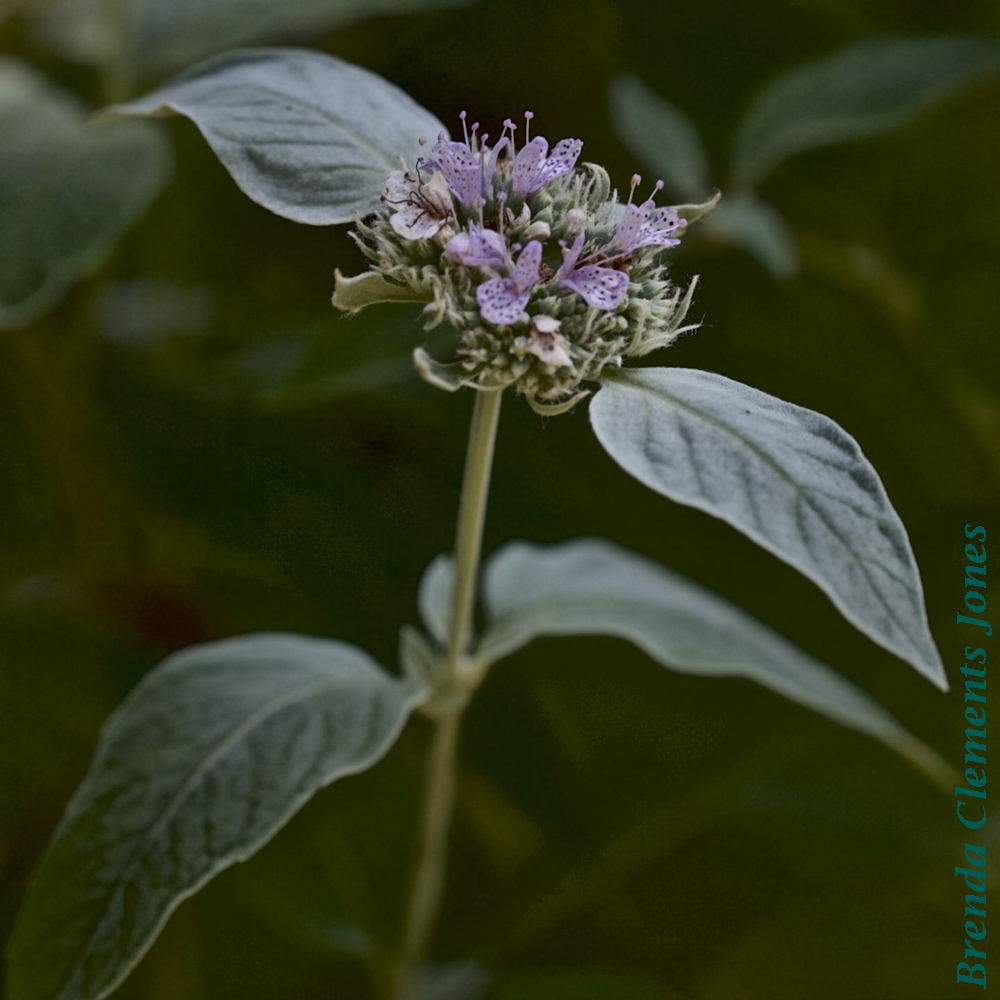
A native mint that has intrigued me for years living trailside here on the mountain. I’ve found it available at a native plant nursery and now I have some in my gardens. Silverleaf Mountain Mint (Pycnanthemum incanum). Native to eastern North America. The nectar of this Mountain Mint is popular with bees and butterflies. The…
-
Gray-headed Coneflower
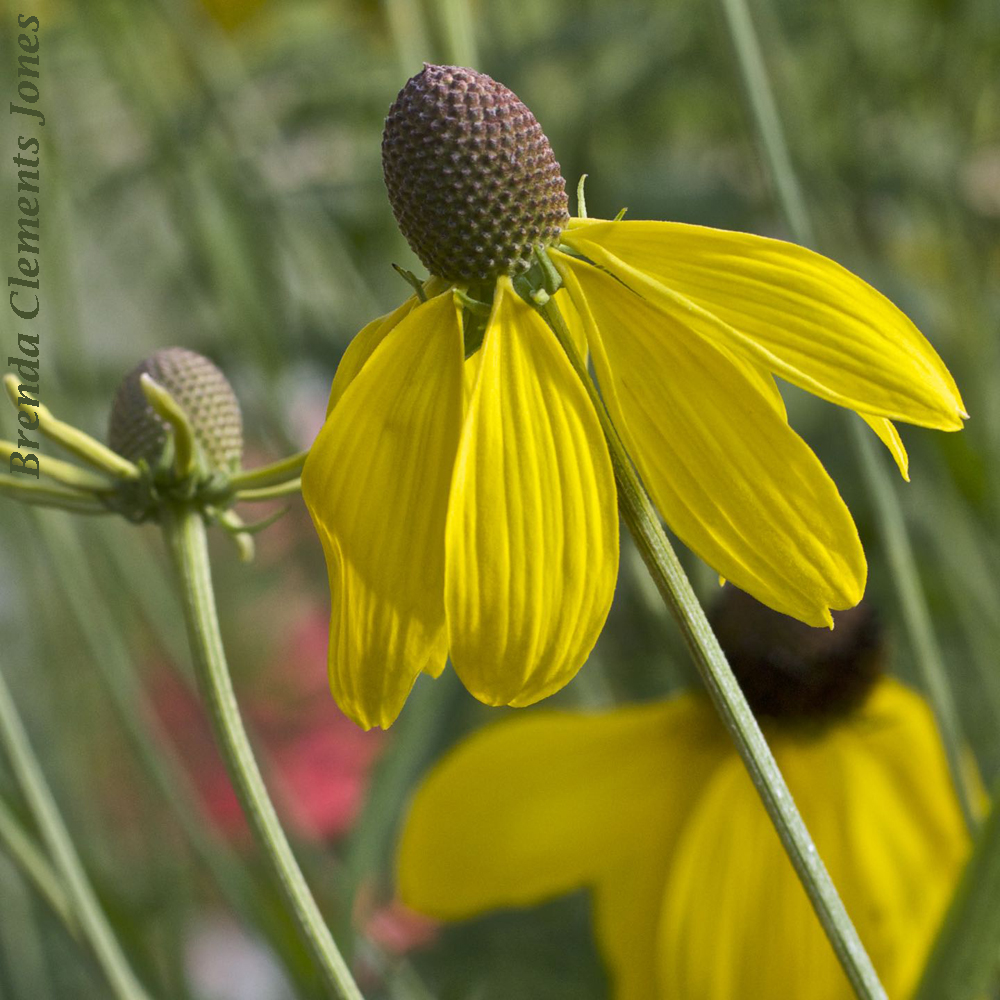
July, and the hillsides that are my gardens are brilliant with the happiest of yellow thanks to Gray-headed Coneflower (Ratibida pinnata). Native to central and eastern North America. A herbaceous perennial plant that can be as tall as four or five feet, and quite narrow. Tall and spindly. But in a mass planting they’re a…